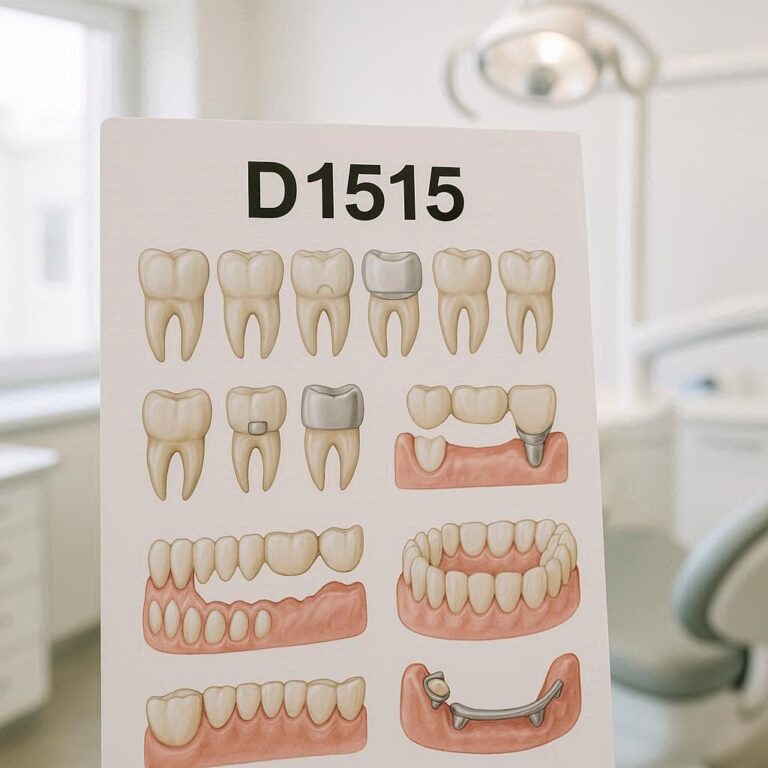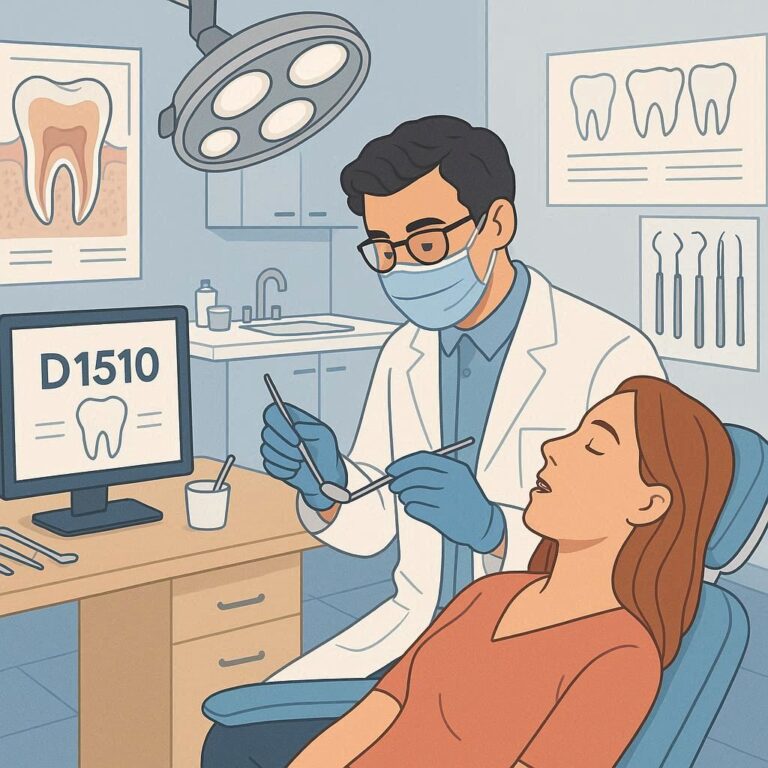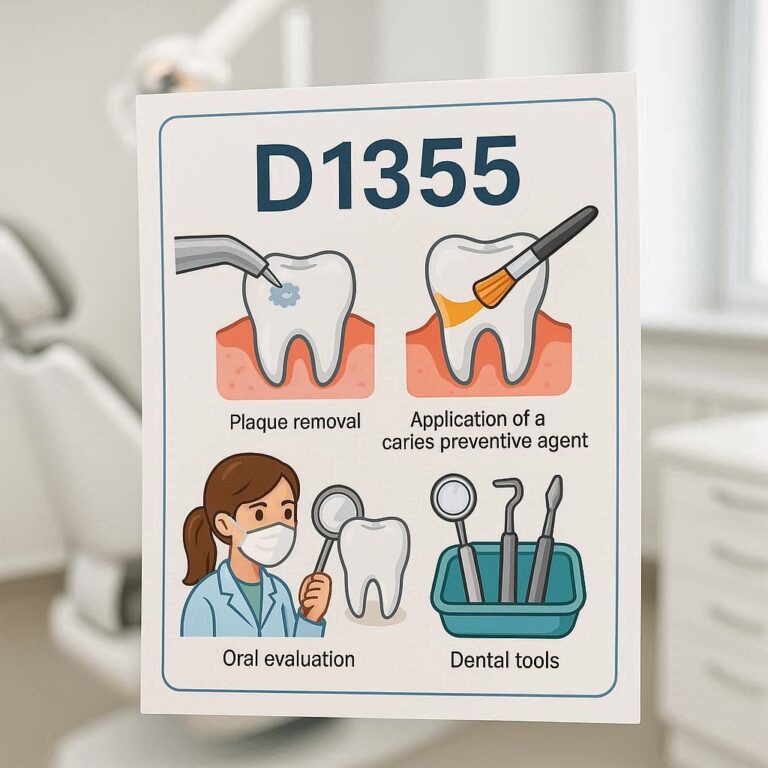ICD-10 Code for Dental Avulsion
Dental avulsion, the complete displacement of a tooth from its socket due to trauma, is a dental emergency requiring immediate intervention. Proper diagnosis, treatment, and coding are essential for patient care and insurance reimbursement. The ICD-10-CM (International Classification of Diseases, 10th Revision, Clinical Modification) provides specific codes for dental avulsion, ensuring accurate medical billing and record-keeping.
This article explores dental avulsion in depth, covering its causes, symptoms, emergency protocols, and the correct ICD-10 codes for documentation. Whether you’re a dentist, physician, coder, or healthcare administrator, this guide will help you navigate the complexities of dental avulsion coding and management.

2. What Is Dental Avulsion?
Dental avulsion occurs when a tooth is completely knocked out of its alveolar socket due to trauma, such as:
-
Sports injuries
-
Accidental falls
-
Physical altercations
-
Vehicle accidents
Unlike subluxation (loosening of the tooth) or fractures, avulsion involves the total separation of the tooth from the periodontal ligament and bone.
Key Characteristics of Avulsed Teeth:
-
Complete displacement from the socket
-
Bleeding from the empty alveolus
-
Potential damage to surrounding tissues
3. Causes of Dental Avulsion
The most common causes include:
| Cause | Percentage of Cases |
|---|---|
| Sports injuries | 35% |
| Falls | 25% |
| Physical assaults | 15% |
| Vehicle accidents | 10% |
| Other trauma | 15% |
Children and adolescents are at higher risk due to active lifestyles and underdeveloped root structures.
4. Symptoms and Clinical Presentation
Patients with dental avulsion may present with:
-
Visible empty socket with or without bleeding
-
Pain and swelling in the affected area
-
Difficulty speaking or chewing
-
Psychological distress (especially in esthetically critical teeth like incisors)
5. Emergency Management of Dental Avulsion
Immediate action improves the chances of successful reimplantation:
First Aid Steps:
-
Locate the tooth (handle it by the crown, not the root).
-
Rinse gently with saline or milk (avoid scrubbing).
-
Reinsert into the socket if possible.
-
Store in a preservation medium (e.g., Hank’s Balanced Salt Solution, milk) if reinsertion isn’t immediate.
-
Seek emergency dental care within 30–60 minutes for the best prognosis.
6. ICD-10 Coding for Dental Avulsion
Accurate coding ensures proper billing and record-keeping.
Primary vs. Permanent Teeth Coding
| Tooth Type | ICD-10 Code | Description |
|---|---|---|
| Permanent Tooth Avulsion | S03.211A (initial encounter) | Avulsion of tooth (traumatic), initial visit |
| Primary (Baby) Tooth Avulsion | S03.212A (initial encounter) | Avulsion of primary tooth, initial visit |
| Subsequent Encounters | S03.211D / S03.212D | Follow-up visits |
| Sequelae (Late Effects) | S03.211S / S03.212S | Long-term complications |
Documentation Tips:
-
Specify tooth number (FDI or Universal numbering system).
-
Indicate cause of injury (e.g., sports-related, assault).
-
Note associated injuries (e.g., alveolar fracture).
7. Treatment and Prognosis
-
Reimplantation (if the tooth is viable).
-
Splinting for stabilization (2 weeks for permanent teeth, shorter for primary teeth).
-
Root canal therapy (if pulp necrosis occurs).
-
Prosthetic replacement (if reimplantation fails).
Success rates depend on:
-
Time outside the socket (<60 minutes ideal).
-
Storage medium used.
-
Patient age and tooth type.
8. Complications of Untreated Dental Avulsion
-
Ankylosis (fusion of tooth to bone).
-
Root resorption.
-
Infection or abscess.
-
Bone loss and aesthetic deformities.
9. Prevention Strategies
-
Mouthguards for athletes.
-
Childproofing homes to prevent falls.
-
Public awareness campaigns on dental first aid.
10. Legal and Insurance Considerations
-
Medical vs. dental insurance coverage (varies by policy).
-
Documentation for legal cases (e.g., assault, sports injuries).
11. Case Studies
Case 1:
-
Patient: 12-year-old male, basketball injury.
-
Tooth: Permanent maxillary central incisor.
-
Outcome: Successful reimplantation after 45 minutes in milk.
Case 2:
-
Patient: 8-year-old female, playground fall.
-
Tooth: Primary mandibular incisor.
-
Outcome: No reimplantation (space maintainer placed).
12. FAQs
Q1: What is the best way to store an avulsed tooth?
A: Milk or Hank’s Balanced Salt Solution is ideal. Avoid water.
Q2: Can a primary tooth be reimplanted?
A: Usually not recommended due to risk of damaging permanent tooth buds.
Q3: How long can a tooth survive outside the mouth?
A: 30–60 minutes for the best prognosis.
Q4: Does dental insurance cover avulsion treatment?
A: Often yes, but medical insurance may apply in trauma cases.
13. Conclusion
Dental avulsion is a critical emergency requiring prompt action. Proper ICD-10 coding (S03.211A for permanent teeth, S03.212A for primary teeth) ensures accurate billing and documentation. Immediate reimplantation, appropriate storage, and follow-up care maximize success rates. Prevention through protective gear and public education can reduce incidence.


